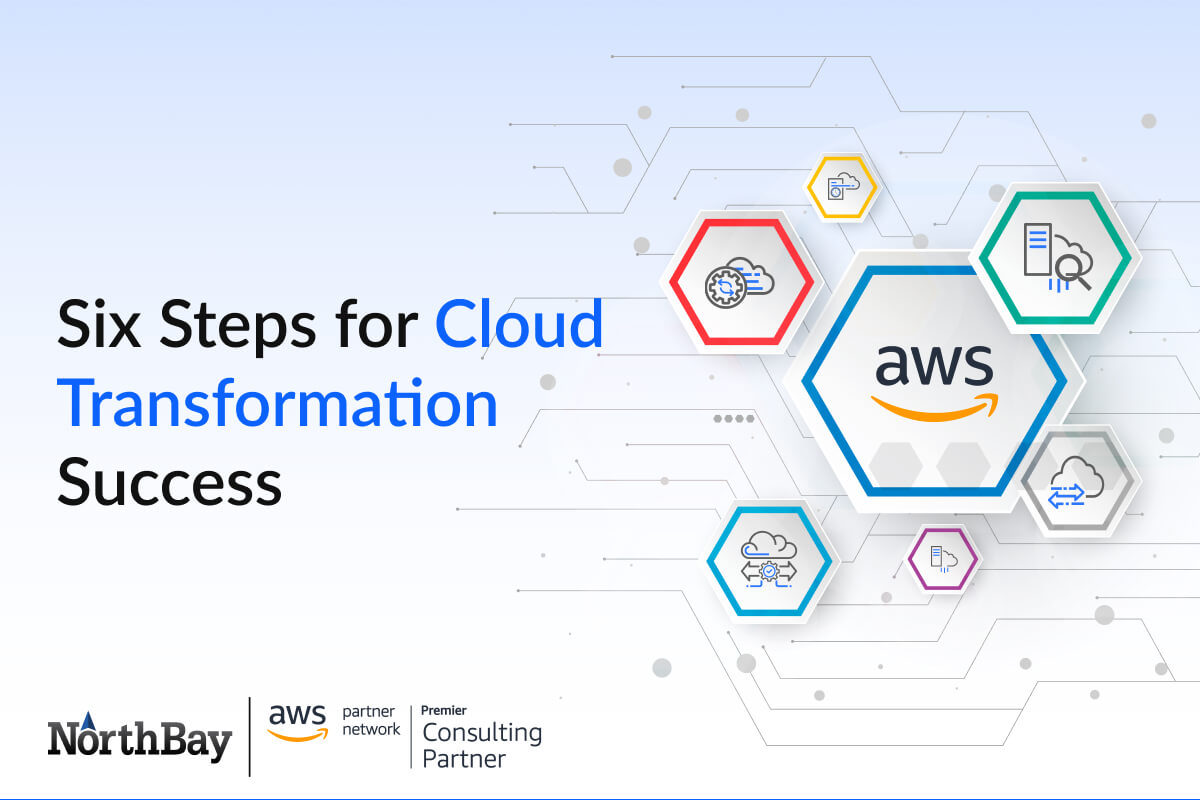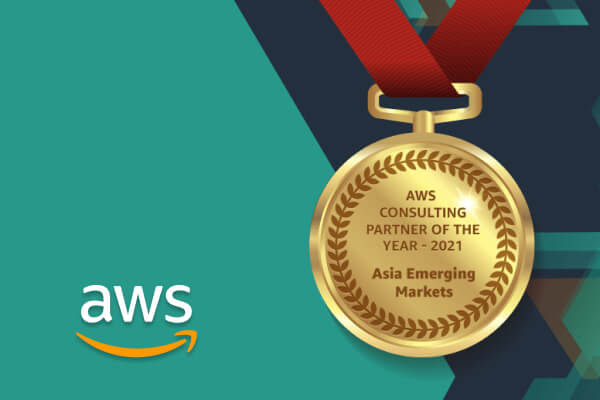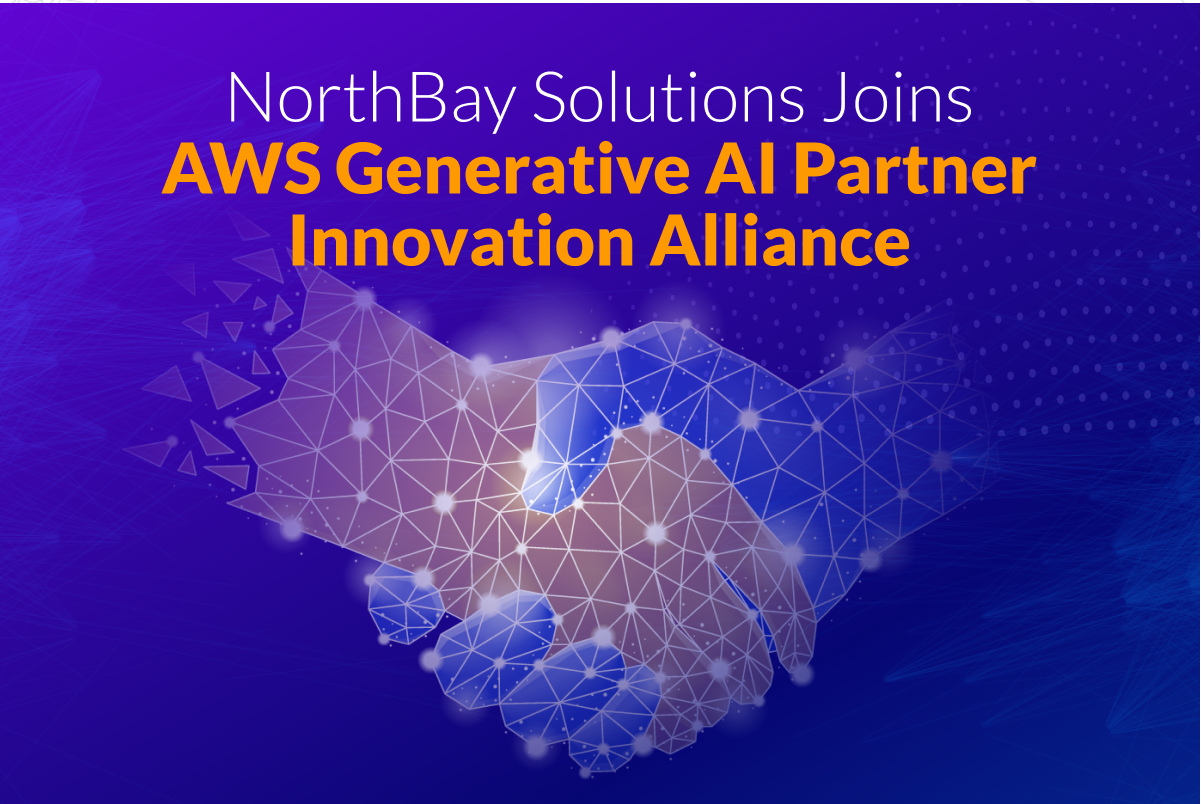
Today, everyone from entrepreneurs to enterprise executives is looking to leverage technology to enact change. As a result, organizations are laser-focused on adopting or accelerating their use of all things cloud. In fact, according to a May 2021 survey of CEOs and senior executives by Gartner, 83% of CEOs plan to increase investments in digital capabilities this year compared to 2020 funding levels.
At NorthBay Solutions, we’ve guided more than 300 customers through digital transformation and cloud migration journey, and have leveraged our AWS cloud expertise to help them to become highly cloud proficient organizations.
Thus, we wanted to share our six steps for cloud transformation success, based on the learnings we’ve gleaned over the last several years while working with organizations across industries and geographies.
Step One: Make the Business Case for Cloud
Cloud disrupts how teams collaborate, how organizations take products and services to market, and how sales teams engage with customers and get compensated. This is why it’s absolutely crucial that all stakeholders fully understand not only the opportunities that cloud enables, the TCO of the deployment, as well as the security, compliance, and data management considerations. Be sure to develop a comprehensive migration plan that goes beyond the technical aspects to include people and processes as well.
Step Two: Identify the Right Applications for Cloud Migration
More often than not, modern applications are built for the cloud, and delivered from the cloud as services that are paid for based on use. But the legacy applications that many organizations run in on-premise data centers each have their proprietary design, which means it’s not possible to simply ‘lift and shift’ them to the cloud. Some might need to be fully refactored - or even retired. Assessing your architecture and its complexity before moving forward is the most efficient and cost-effective way to maximize ROI. NorthBay can work with you to determine application readiness, prioritize which to migrate to the cloud first, and take you through the application and data modernization process.
Step Three: Select a Cloud Service Provider
Once you have analyzed and inventoried your environment you are ready to determine what type of cloud environment you need and choose the right cloud provider. While each cloud service provider has its own architecture and its own set of characteristics, licensing, and support capabilities, AWS is the undisputed leader based on its reliability, scalability, flexibility, and ease of use. This is why NorthBay solutions is a long-standing AWS premier consulting partner.
When assessing a cloud provider, it helps to first answer the following four questions:
- Are your workloads compatible with the cloud provider’s architecture?
Different platforms have different advantages, which is why application needs often drive the cloud provider selection process. To reduce code changes and overhead, you might prefer a cloud environment requiring fewer modifications to applications. - How does the cloud provider implement cloud services?
There are public and private cloud offerings from most cloud vendors. You should check if the vendor provides capabilities for complex cloud environments if you plan to implement a multi-cloud or hybrid cloud architecture. - Can existing software licenses move to the cloud?
Managing licenses can be complicated and costly. Check if your existing licenses are compatible with the provider, and if not then be sure to fully understand licensing needs prior to making a decision. - What support will your organization require before, during, and after migration?
There are cloud providers who provide tools and little support, while others offer assistance from start to finish.
Step Four: Consider Platform-as-a-Service (PaaS) Solutions
As mentioned in Step Two, not all applications are as easy to migrate as others. For example, if you are running an enterprise resource planning (ERP) system that is tightly integrated with your core operations, you could move the entire related infrastructure to the cloud by implementing a platform-as a-service (PaaS) solution. However, a transition to a cloud-based solution will often require pilots and proofs of concept, an approach known as "repurchasing." This is another reason why it’s so important to develop a cloud governance strategy for both on-premises and cloud environments, as well as create access policies, and implement necessary monitoring and security tools.
Step Five: Begin Full Migration
Once applications have been migrated to the cloud, it’s time to begin testing the initial deployment. Running a pilot is an excellent way to accomplish this, given that downtime isn’t an option for business-critical applications that are used on a constant basis.
Step Six: Focus on Post-Migration
While migration may be complete, in reality the cloud transformation journey has only just begun. Now it’s the time to closely monitor and optimize your cloud solutions for performance and savings. Start by comparing performance before and after migration based on SLAs from your provider and your own goals. You should be vigilant for issues that come up in the new cloud environment, detect unexpected changes and fine-tune applications and infrastructure accordingly.
Learn What NorthBay Can Do For You
Many enterprises rely on third parties to be trusted advisors who can guide them every step of the way — from strategy to execution to evolution. But not every technology partner is created equal, nor are the solutions they provide.
NorthBay has the deep AWS cloud migration experience and expertise needed to take on your mission-critical custom legacy applications. To learn about NorthBay Solutions, and how we approach cloud transformation initiatives with our customers, visit our website.
About NorthBay Solutions
NorthBay Solutions is a leading provider of cutting-edge technology solutions, specializing in Generative AI, Cloud Migration, ML/AI, Data Lakes and Analytics, and Managed Services. As an AWS Premier Partner, we leverage the power of the cloud to deliver innovative and scalable solutions to clients across various industries, including Healthcare, Fintech, Logistics, Manufacturing, Retail, and Education.
Our commitment to AWS extends to our partnerships with industry-leading companies like CloudRail-IIOT, RiverMeadow, and Snowflake. These collaborations enable us to offer comprehensive and tailored solutions that seamlessly integrate with AWS services, providing our clients with the best possible value and flexibility.
With a global footprint spanning the NAMER (US & Canada), MEA (Kuwait, Qatar, UAE, KSA & Africa), Turkey, APAC (including Indonesia, Singapore, and Hong Kong), NorthBay Solutions is committed to providing exceptional service and support to businesses worldwide.





